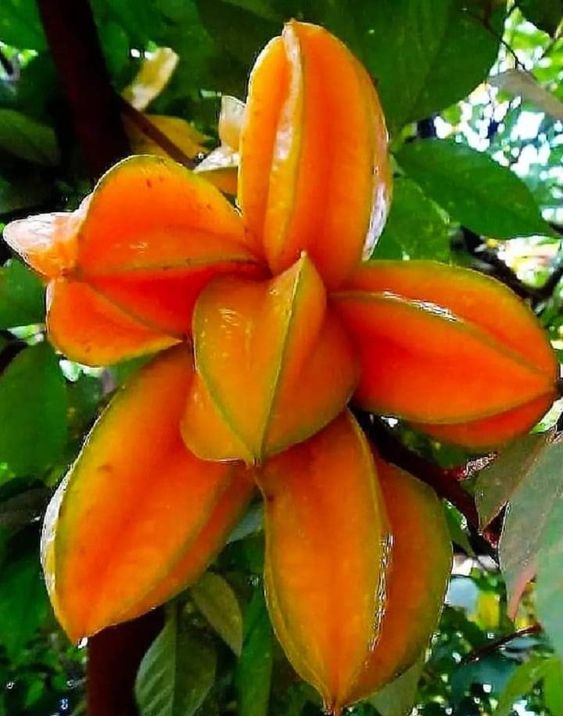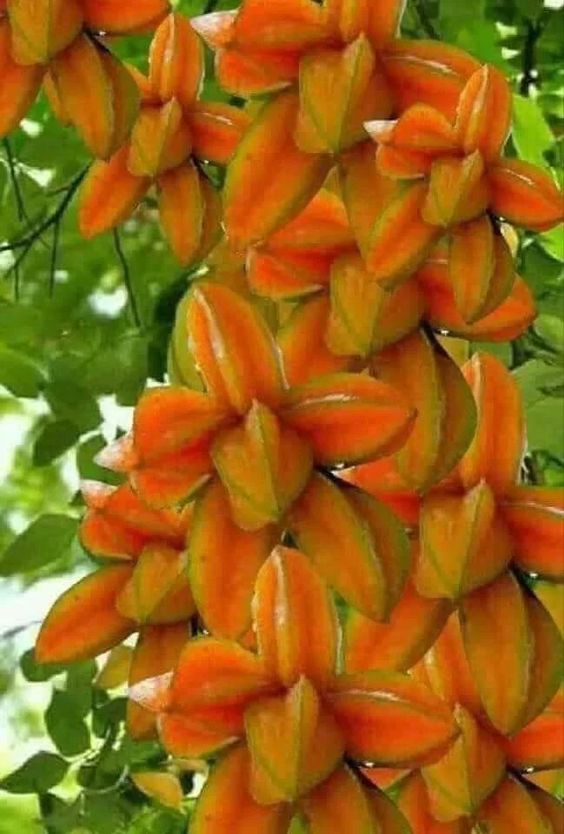When it comes to citrus trees, the kumquat tree (Fortunella spp.) is a standout due to its unique and flavorful characteristics. Its small size, colorful fruit, and distinct taste make it a delightful addition to gardens and a treat for taste buds worldwide.

Kumquat trees are a member of the citrus family and are indigenous to Southeast Asia. They are recognized for their small size, which makes them ideal for ornamental planting and small-space gardening. The name “kumquat” comes from Cantonese and roughly means “golden orange,” which accurately describes the small, golden fruits that grow on these trees.

Unlike other citrus fruits, kumquats are enjoyed whole, including their zesty skin. The contrast between the sweet flesh and the tangy peel creates a delightful explosion of flavors in the mouth. This unique taste has earned kumquats a special place in culinary landscapes, both as a snack and as an ingredient in various dishes, desserts, and beverages.

Cultivating kumquat trees can be a rewarding endaor. They are relatively hardy and adaptable, making them suitable for various climates. With proper care, these trees can thrive in both garden beds and containers, gracing spaces with their glossy leaves and vibrant fruit.

Kumquat trees are not only admired for their delicious fruit but also for their cultural and symbolic significance. In some cultures, kumquats are associated with luck, prosperity, and festive occasions. During the Lunar New Year celebrations in parts of Asia, kumquat trees are often displayed and gifted as symbols of good fortune.

Beyond their cultural significance, kumquat trees also contribute to the environment. Like other citrus trees, they provide habitat and food for birds and insects, contributing to local ecosystems. Additionally, their lush foliage can provide shade and help with air purification, enhancing the overall environment of the areas they inhabit.

As with any tree, proper care is essential for the health and longevity of kumquat trees. Regular watering, adequate sunlight, and balanced fertilization are crucial for optimal growth and fruit production. Pruning can help maintain their shape and promote healthy branching.




